
The Foundation of Startup Success: A Clear, Documented Vision, Team, and Product. The Markethive Product and Its Current Intensive Iteration Phase.

Successful startups stand out by having a clearly defined, crystal-clear vision of their ultimate goal and purpose. This vision isn't just a vague idea; it is a carefully written and formally documented strategic asset. The act of putting the vision on paper compels the leadership team to clearly state their goals, target market, proposed value proposition, and long-term impact with accuracy and thoroughness.
Most importantly, this documented vision should not be seen as a static record stored away. Instead, it serves as the company's guiding compass and requires regular, structured reviews and updates. Leadership teams should meet often to assess operational performance, market shifts, and the competitive landscape in relation to the vision, ensuring the startup stays effectively "on track." This continuous review process is crucial for:
- Ensuring Alignment: It allows the leadership team to critically assess whether the current trajectory, operational metrics, and immediate goals (such as product development or marketing strategies) continue to accurately steer the company toward its ultimate vision.
- Maintaining Relevance: As markets change, technology advances, and customer needs evolve, the review process helps ensure the vision remains relevant and inspiring, potentially requiring minor strategic tweaks without altering the core goal.
- Reinforcing Commitment: Frequent revisiting of the written vision re-energizes the team and strengthens shared dedication to the long-term journey, especially during tough growth periods or unexpected setbacks.
- Inspiring Stakeholders: A well-defined, written vision gives investors, partners, and early adopters confidence in the leadership's foresight and dedication to reaching a clearly articulated future goal.
In essence, a written, frequently reviewed vision transforms aspiration into a measurable, manageable journey toward success.
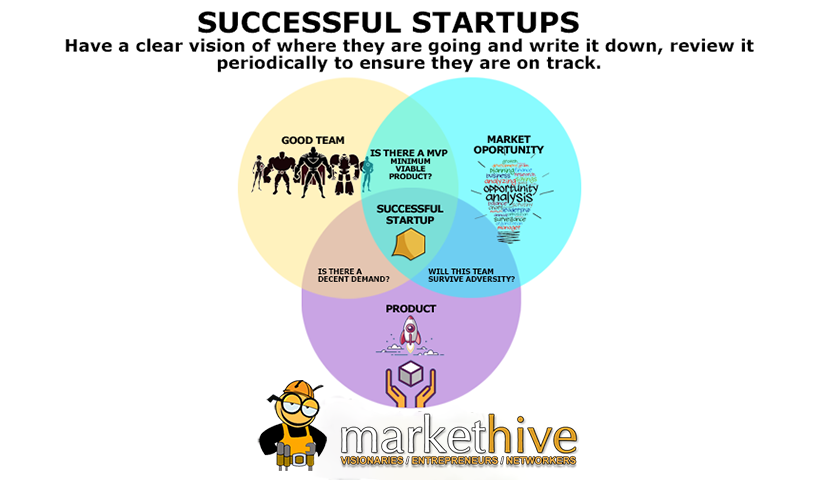
Adopt the Minimum Viable Product (MVP) strategy.
The foundation described above, combined with the steps and pillars discussed in this article, such as defining the problem clearly, identifying the target audience, and creating a compelling value proposition, serves as the essential groundwork for developing your Minimum Viable Product (MVP).
Launching an initial, functional version of your product swiftly is vital for early startup success, even if it's not perfect. This approach, called the Minimum Viable Product (MVP), is more than just a fast delivery method; it acts as a crucial way to conduct real-world testing with genuine users. This early exposure is invaluable, allowing quick identification of critical bugs, subtle flaws, and essential areas for significant improvement that internal testing might miss.
It is critically important to resist the urge to aim for an unattainable initial "perfection." This perfectionist impulse is a common trap that often leads to significant development delays, substantial resource overruns, and, most importantly, missed opportunities to receive timely, genuine feedback from your target market. Instead, the focus should be on practicality: launching a stable, working version with the least time and money necessary.
An MVP is fundamentally a structured experiment, not a final, complete product. Its core philosophy is to develop the most basic, functional version of a product that contains only the essential features required to address the primary, high-value problem experienced by your initial target users, often referred to as early adopters.
For example, instead of building a fully-featured, complex platform, you launch a basic version with the most critical features and simple feedback tools, such as surveys, basic contact forms, or support mechanisms that allow users to report bugs or suggest improvements, forums, or dedicated groups, such as those actively used by the Markethive platform, where the company can engage directly with its user base. This is vital for actively valuing, incorporating, and prioritizing community input, transforming users into co-creators of the evolving product.
The MVP isn't just an unfinished product; it's a version of a new product designed to help a team gather the most validated customer learning with minimal effort. This idea primarily focuses on improving learning efficiency and iteration. The aim is to go beyond assumptions by collecting empirical data that confirms or refutes the core hypothesis of the product's value proposition.
The development roadmap is guided entirely by data and qualitative insights from early user engagement, enabling you to release targeted updates, new features, and improvements aligned with actual user needs and behaviors. This iterative, user-centered process minimizes risks and ensures each subsequent investment in the product aligns with market demand.

Build, Measure, and Learn: The Continuous Improvement Cycle
Launching an MVP is just the beginning, not the end, of the process. It marks the start of the most essential phase: ongoing testing and improvement. This phase follows the "build-measure-learn" loop, a continuous cycle vital for handling the uncertainties typical in a startup environment.
The Measure Phase: Defining Success with Data
After delivering the MVP to early adopters, the next step is to focus on detailed data collection and analysis. This includes monitoring key performance indicators (KPIs) directly linked to the initial hypotheses and the core value proposition. These metrics provide concrete evidence for evaluating performance relative to expectations.
Important metrics often tracked include:
- Activation Rate: The proportion of users completing key setup steps.
- Retention Rate: The percentage of users who keep using the product over time.
- Customer Lifetime Value (CLV): The expected total revenue from a single customer.
- Churn Rate: The percentage of customers who stop using the product.
- Conversion Rates: The percentage of users completing specific actions like signing up, upgrading, or purchasing.
In addition to quantitative data, collecting direct user feedback through interviews, surveys, and usability tests is equally important. This qualitative data explains the reasons behind the numbers, revealing insights into user experience, challenges, and unmet needs.
The Learn Phase: Interpreting Data and Making Decisions
The data collected during the measure phase must be carefully analyzed to derive actionable insights. This learning stage involves critically evaluating the product's performance by validating assumptions, such as whether the market responded as expected and if the core features are influencing user behavior. It also involves identifying gaps, like where users exit or which features are confusing or underused.
Based on these insights, a strategic decision is made: either to persevere or pivot. Persevering involves continuing to optimize, improve incrementally, and scale successful features if the data shows positive traction. Conversely, if the data reveals fundamental issues, such as a misaligned target market, an ineffective solution, or a less urgent problem, a pivot is necessary. A pivot is a structured change aimed at testing a new hypothesis about the product, strategy, or growth approach.
The Build Phase: Iterative Improvement
The transition from the learning phase to the build phase marks a key turning point in the agile startup journey. Unlike traditional development methods that focus on a large, risky product launch, the goal here is quite different: to pursue fast, iterative development based solely on validated insights. This principle emphasizes that the product should not be expanded recklessly but instead refined through a series of small, focused changes, or iterations.
This intentional strategy of incremental growth is the foundation of capital-efficient and low-risk expansion. By committing to minor, evidence-based adjustments, the startup avoids investing large amounts of capital into features that the market may ultimately reject. Each iteration serves as a small, controlled experiment, reducing the risk involved in new product development.
This ongoing cycle ensures that empirical data exclusively guides every development effort. It prevents teams from relying on speculation or personal bias, greatly enhancing the chances of delivering a product or service with genuine market fit. This continuous feedback loop is more than just a process; it is the driving force behind a lean startup's long-term, sustainable success, ensuring that resources are always directed toward solving problems the market genuinely needs and values.
Achieve the Perfect Product-Market Fit
Product-Market Fit (PMF) is a key milestone for startups, signifying when a company's product successfully meets a substantial market need. It is more than a theoretical idea; it's a measurable state achieved when the right product aligns with the right market, creating a self-sustaining growth engine that can't be ignored.
The accurate indicator of PMF is in the metrics: fast, viral, and long-lasting organic growth, combined with exceptionally high customer retention and lifetime value, often with little dependence on paid acquisition channels. Customers aren't merely using the product; they are passionately promoting it, and the market is actively driving the product out of the company.
Once PMF is conclusively demonstrated, the focus must immediately and strategically shift from simply validating the market to aggressive, systematic scaling. This is a sensitive and complex phase where initial success needs to be leveraged carefully without disrupting the operational framework that supported the growth.
Strategic Scaling: The Essential Next Step After Product-Market Fit
Once PMF is conclusively demonstrated, the focus must immediately and strategically shift from simply validating the market to aggressive, systematic scaling. This is a sensitive and complex phase where initial success needs to be leveraged carefully without disrupting the operational framework that supported the growth. The key areas of strategic scaling include:
- Optimizing Operations and Infrastructure: The systems, processes, and technology stack that worked for a small user base will inevitably struggle during rapid growth. Scaling demands improving every part of the operation—from customer support and fulfillment logistics to engineering workflows and data infrastructure. This involves investing in automation, building a strong, scalable architecture, and adopting standardized, efficient procedures to keep service quality and margins steady as volume increases.
- Expanding Market Reach and Penetration: Scaling involves deliberately broadening the company's reach through geographic expansion, targeting nearby customer groups, or launching new product lines that complement existing offerings. Success depends on a thorough understanding of the Total Addressable Market (TAM), Serviceable Available Market (SAM), and Serviceable Obtainable Market (SOM). Implementing a targeted, data-backed go-to-market plan is essential for effective market penetration, often requiring localized sales efforts, marketing campaigns, and strategic partnerships.
- Solidifying a Defensible Competitive Edge: PMF attracts competitors. Therefore, scaling must be paired with the intentional building of a "moat," a sustainable competitive advantage, to ensure long-term success and protect market share. This advantage can take several forms:
- Network Effects: Creating a platform where the product's value grows exponentially as more users join (e.g., social networks, marketplaces).
- Proprietary Technology: Developing unique IP, algorithms, or specialized technology that is hard or costly for competitors to imitate.
- Cost Advantage: Achieving economies of scale that enable the lowest cost structure in the industry.
- Brand and Community: Building a strong brand presence and fostering a loyal, active community that serves as a substantial barrier to entry.
- High Switching Costs: Integrating the product so thoroughly into a customer's operations or daily routine that switching to a competitor becomes difficult.
Successfully navigating the scaling phase is what distinguishes a successful startup from a long-term category leader. It demands discipline, ongoing improvement, and a dedication to operational excellence, all while fiercely safeguarding the core product value proposition that initially achieved Product-Market Fit.
.png)
Markethive: The Product and Intensive Iteration Phase
Markethive has been a pioneer in providing a comprehensive, all-in-one inbound marketing platform combined with a wide range of Software as a Service (SaaS) tools from the very start. A significant distinction of Markethive is the seamless integration of these powerful marketing and business management tools directly into a dynamic, built-in social media interface.
This unique setup means users don't need to switch between separate applications to handle their social presence, run marketing campaigns, and access essential business utilities. Instead, everything is housed under one roof, creating a unified, highly efficient environment for entrepreneurs, small business owners, and digital marketers.
Markethive has been undergoing an intensive iteration phase, a critical period of development that signifies a significant transition. This systematic overhaul involves the redevelopment and expansion of the core architecture, as well as the introduction of highly sophisticated subscription-based services and products, strategically designed to generate revenue for ILP Founding Share Token holders.
Markethive: Ushering in the Decentralized Market Network Era
With the revolutionary rise of blockchain technology, Markethive saw a key opportunity to redefine its role in the digital ecosystem. This led to the vision of becoming a major player in the growing crypto space, resulting in the creation of the industry's first fully decentralized Market Network. This step goes beyond traditional social media, marketing, and e-commerce platforms by offering a sovereign, user-centered environment designed for the future of digital entrepreneurship.
The main factors driving this ongoing development are a proactive approach to meeting users' changing online needs and the aim of boosting financial empowerment. The digital world is constantly changing, with new technologies emerging, consumer behaviors evolving, and the demand for advanced internet marketing and entrepreneurial tools becoming more complex.
Markethive is strategically committed to financially empowering its members. The platform offers essential tools and an ecosystem for users to create, manage, and grow their own income streams. Additionally, the company provides opportunities for wealth creation, including the Entrepreneur One (E1) subscription, which integrates the Initial Loan Procurement (ILP), the Banner Impressions Exchange (BIX), and the upcoming E1 Exchange (E1X), as well as the Bounty program, Franchives, and Hivepress. This approach keeps the platform innovative and relevant while directly helping its members achieve financial independence.
This ongoing investment is vital for building a platform that not only keeps up with industry changes but also leads innovation within the market network sector. By investing in this technological iteration, Markethive ensures its offering remains:
- Competitive: Providing features and tools that outperform traditional, centralized platforms.
- Powerful: Equipping entrepreneurs with state-of-the-art marketing, communication, and commerce capabilities.
- Highly Relevant: Guaranteeing that the platform addresses the immediate and future demands of digital business owners and content creators.
This strategic shift is being implemented before the platform enters its large-scale scaling phase, ensuring that the infrastructure, feature set, and user experience are fully optimized to support significant growth and ongoing adoption. This deliberate approach focuses on stability, performance, and advanced capabilities rather than rushing into expansion.
The Foundational Value of the E1 Subscription: More Than Just a Service
Did you know that many retail products and services currently in development, which will only be available through separate subscriptions, are automatically included in an E1 subscription? Additionally, there are exclusive benefits, including banner impressions and access to prime real estate for placing your banners both on the platform and externally. This ensures maximum visibility for your business, products, or services, acting as a powerful built-in advertising engine.
The company Referral Rotator automatically assigns new Markethive signups directly to the E1 subscribers on a rotating basis. This continuous flow of organic referrals offers a steady, hands-free way to earn Hivecoin and grow the E1 subscriber's personal network. The E1 Exchange is another system for building wealth, and, of course, the ILP makes you a shareholder in the company, connecting your personal success with the growth of the entire decentralized market network.
To understand the scale of the E1 subscription, look at historical examples. Think about the enormous financial gains early shareholders of today’s giants like Facebook, X (formerly Twitter), or YouTube made. These early investors backed technologies that profoundly changed how the world communicates and does business.
The current technological shift, the move toward decentralized, crypto-based market networks, provides a similar opportunity. By obtaining an E1 subscription, the holder isn't just buying a service; they are securing a stake in the early growth phase of a pioneering, integrated platform.
This platform combines the best aspects of social networking, inbound marketing, ecommerce, publishing, and broadcasting within a single, decentralized, crypto-focused environment. The E1 subscriber stands to gain similar rewards by being a key part of this next-generation digital economy from its inception.
Markethive's Funding Model: Growth Fueled by the Community
Markethive distinguishes itself by using grassroots funding rather than traditional venture capital. This strategic choice was made to keep the platform's development firmly aligned with the community's interests and vision. Learn more about Markethive’s team of founders in this article. This grassroots funding approach highlights community support and shared ownership as the primary engine for sustainable growth.
A cornerstone of this unique funding strategy is the Entrepreneur One (E1) subscription. E1 members are recognized as the platform's early adopters, demonstrating a strong commitment to Markethive's long-term success. Importantly, these individuals are also granted ILP shareholder status. Their early and consistent financial support has been vital to turning Markethive's ambitious roadmap into reality, providing the capital to design, develop, and launch the suite of retail products and services that will, in turn, generate revenue to sustain and improve the entire decentralized ecosystem and fund ILP shareholders.
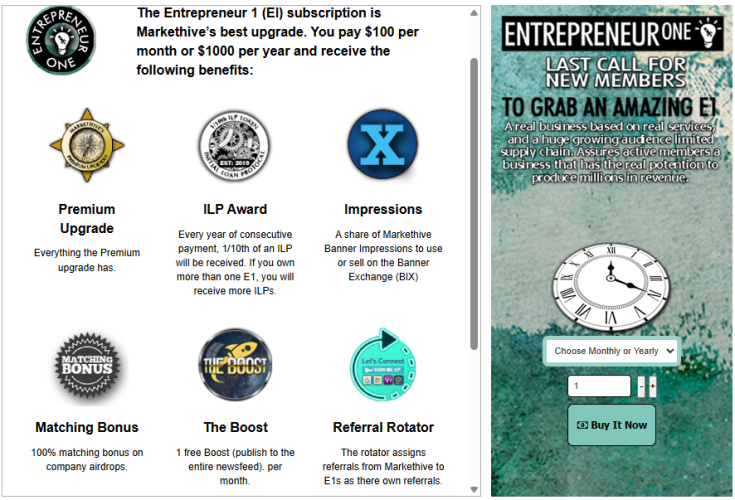
The Path Forward: A Call to Action
The initial funding from the E1 pioneers successfully launched the first phase of the retail ecosystem. This phase included several key initiatives:
- Markethive's Wallet: This allows for transactions involving Hivecoin (HVC) and other tokens within the established ecosystem hierarchy. This includes the Vault, for general payment and accounting records.
- Swarm Conference rooms: Offering privacy, security, and autonomy.
- Vanity Promo Code features: The ultimate incentive protocol
- Newsfeed Improvements: Ongoing enhancements are being made to move toward the new-look newsfeed.
Although these milestones have been reached, more resources are now needed to accelerate innovation and growth and fully realize the vision of a truly comprehensive, decentralized platform.
To move forward with the upcoming critical iterations, including scaling the infrastructure, expanding the feature set, and improving the user experience, we need your support. Ongoing community backing is crucial to completing the ecosystem's planned features and ensuring Markethive's continued leadership in the decentralized market network space.
Ways to Support Our Growth and Gain Benefits
There are several ways you can contribute to our development goals and accelerate product launches, while also securing your own stake in the platform's future:
- Secure an E1 Subscription (New Members): This is the ideal time to become an E1 member. A limited number of non-expiring E1 subscriptions are available, securing your access to all E1 benefits, including becoming an ILP shareholder and receiving 0.01 ILP annually, as long as your account remains active. Purchasing an E1 directly supports our development.
- Expand Your E1 Subscriptions (Existing Members): Current E1 members can significantly accelerate product launches and monthly dividend payments to ILP holders by purchasing additional E1 subscriptions.
- Direct ILP Purchase: For those seeking a foundational, direct stake in the platform's future, an ILP can be purchased directly. Please contact the Administration for details.
- Maintain Active Engagement: Your participation in the ecosystem is crucial. We encourage you to:
- Purchase Boosts and Vanity Promo Codes: These tools are essential for expanding your marketing reach and increasing conversions.
- Stay Active in the Wheel of Fortune Game: This activity helps boost system energy, increases transaction volume, and rewards your efforts.
Thank you for your ongoing support. God bless you.
.png)
Tim Moseley





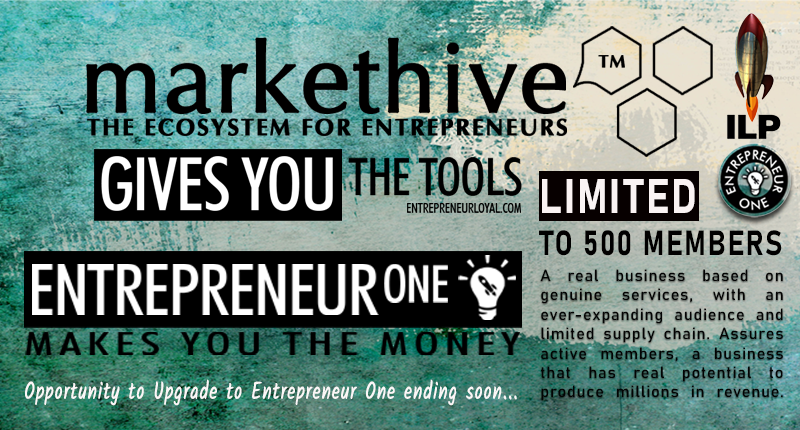
.png)
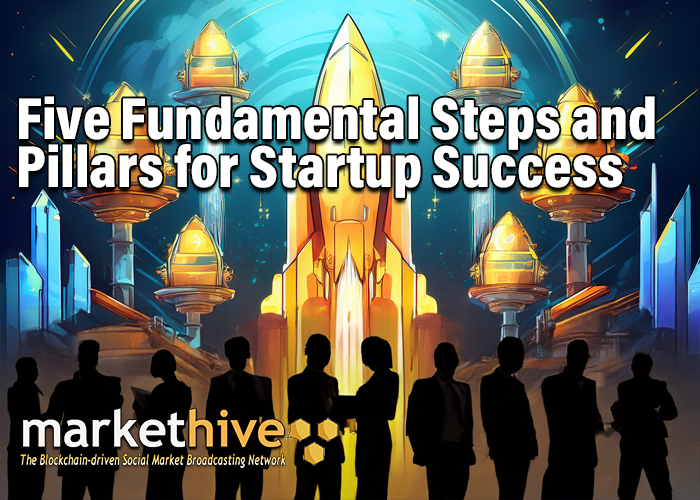


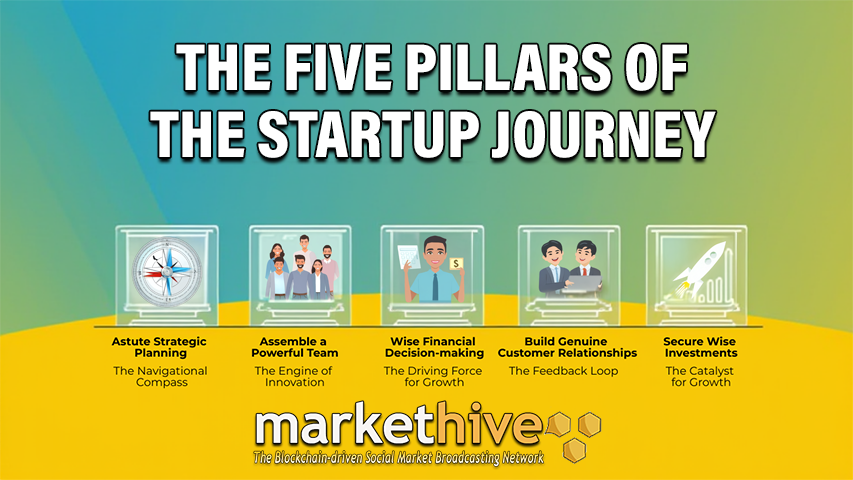
.png)

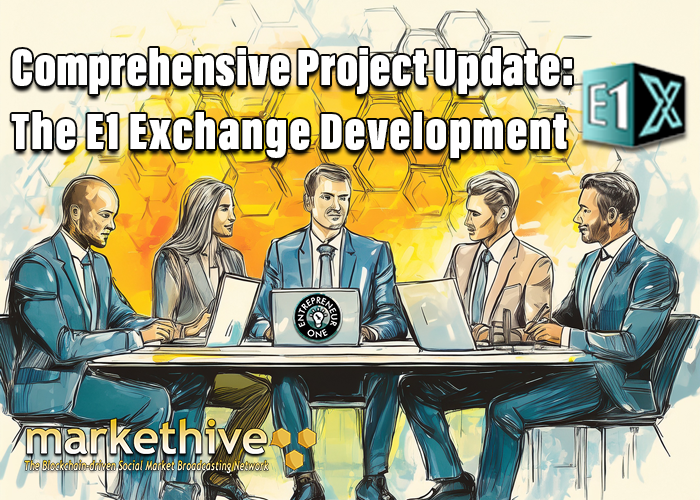
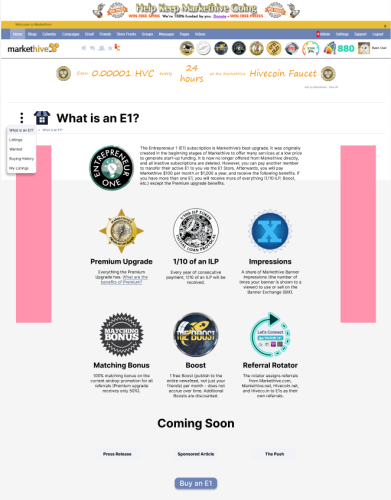
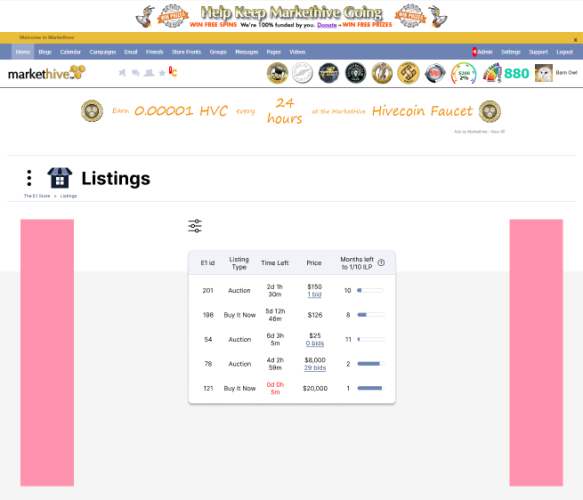
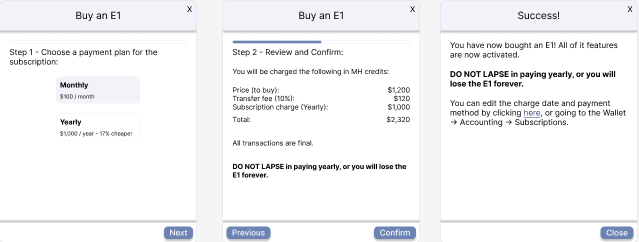
.png)
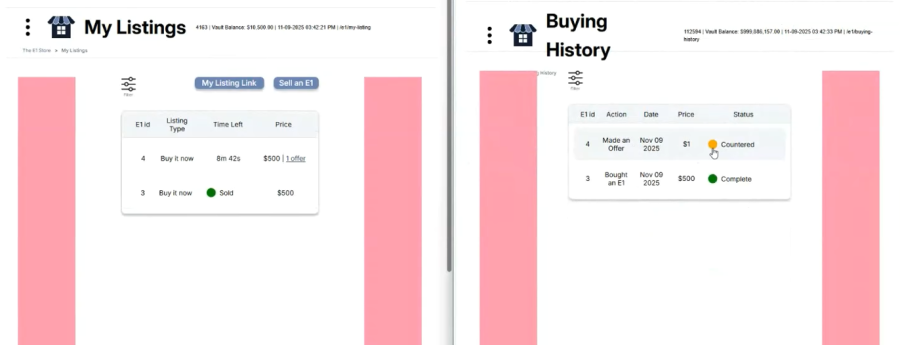
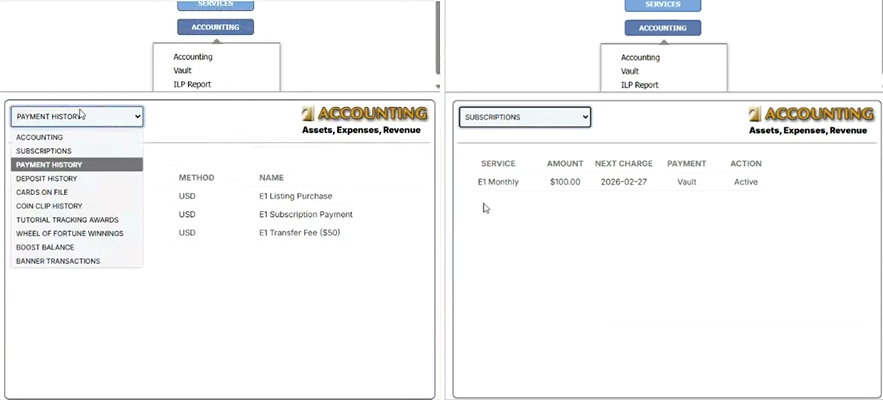



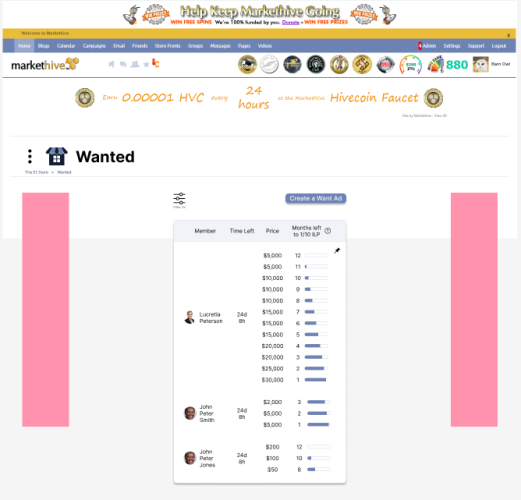


.png)

.png)

.png)



.png)

.png)

.png)


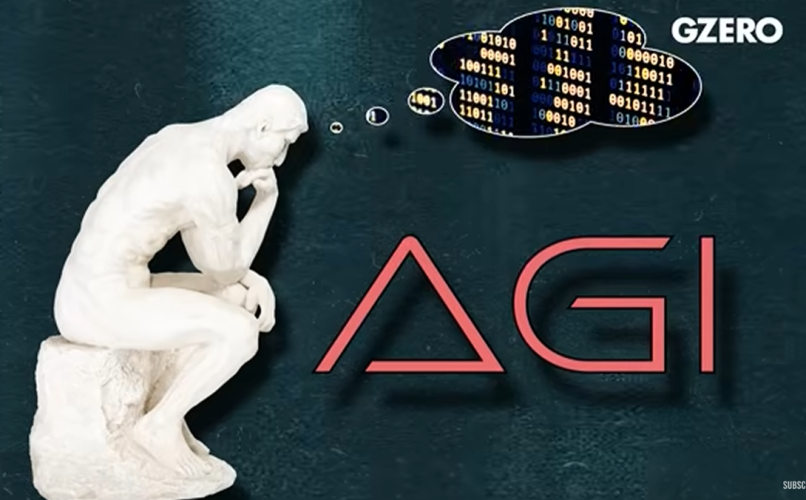






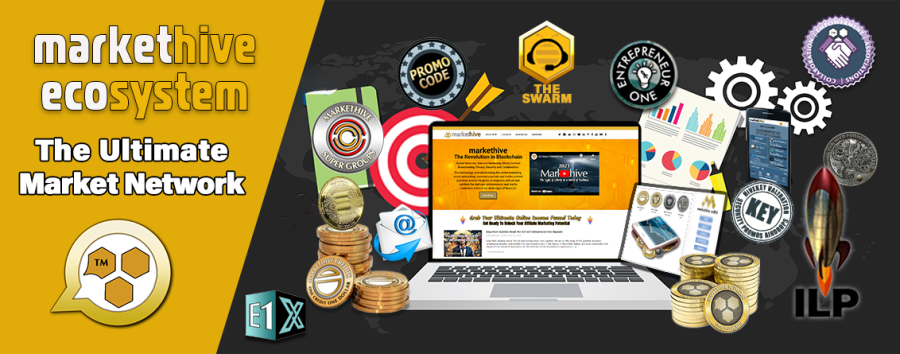
.png)

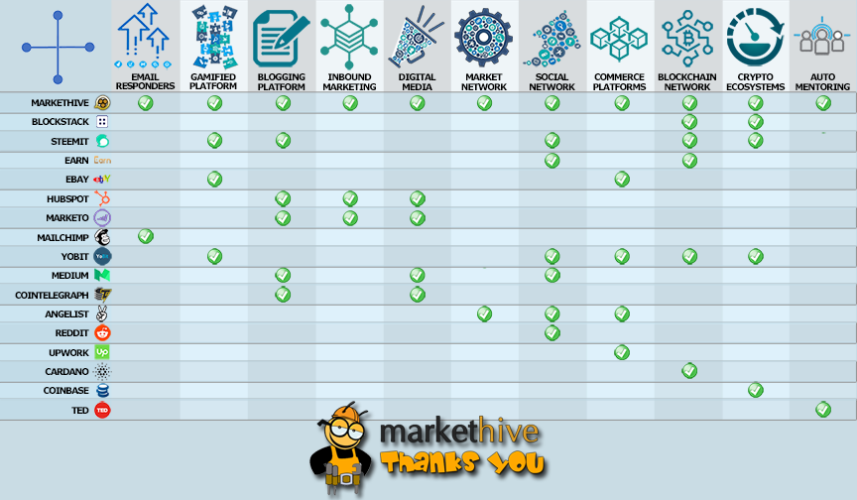
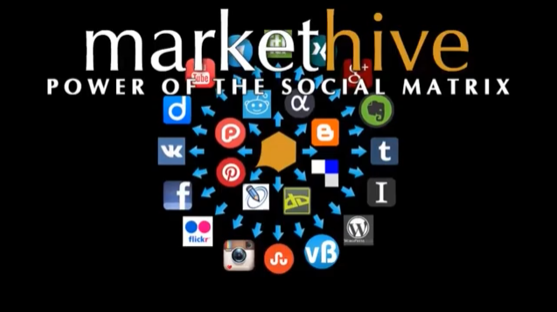
.png)
.png)
.png)



.png)
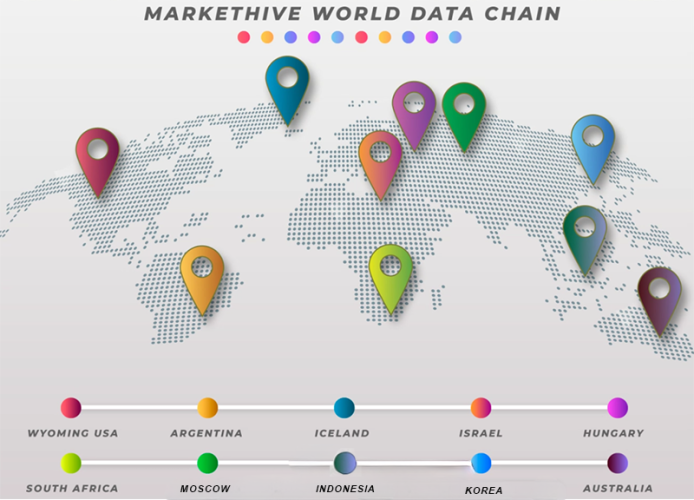
.png)